A keloid, also known as a keloid scar, is a stubborn heaped-up scar that appears suddenly above the skin. Characterized by a pink or purple color and a smooth top, keloids are usually scars that don't know when to stop. They don't have a regular shape and usually enlarge progressively. These scars don't go away with time and may occur from burns, acne, ear piercings, chickenpox, minor scratches, body piercings, skin incisions, vaccination sites, and traumatic wounds. Fortunately, you can try some home remedies and discover how to get rid of keloids.
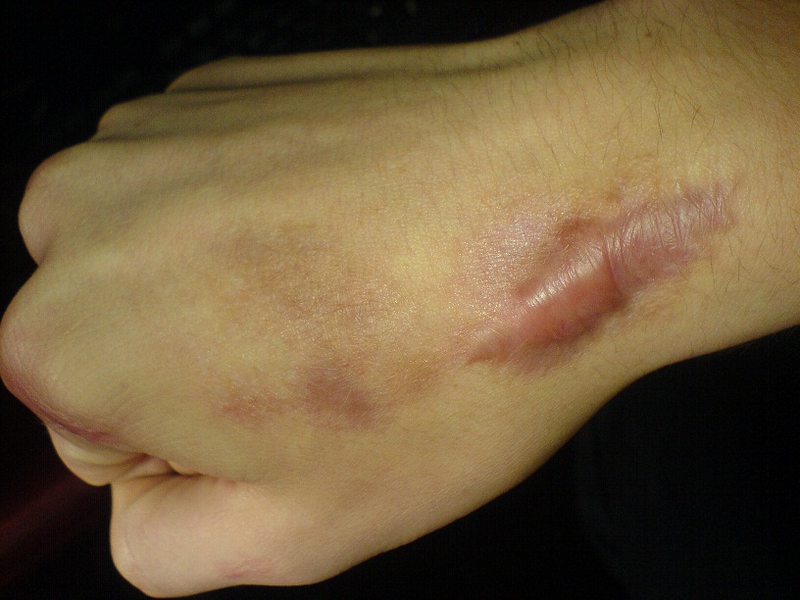
How to Get Rid of Keloids with Home Remedies
Baking Soda
Baking soda can be effective because it encourages healthy skin layer development. Moreover, it serves as an abrasive agent and helps get rid of dead skin cells, debris, and dirt.
How to apply:
Make a smooth paste by mixing up a teaspoon of baking soda and three teaspoons of hydrogen peroxide solution (3%).
Now take a cotton ball and apply the paste directly on the affected area.
Let it sit there for 15 minutes and wash it off with warm water.
Repeat at least thrice a day for a month to shrink the scar.
Aloe Vera
Aloe Vera is among the most effective home remedies for keloids because it keeps your skin moisturized and promotes the growth of new skin cells.
How to apply:
Extract some gel out of Aloe Vera leaves and apply it directly on the affected area.
Make sure the gel dries up on its own.
Repeat it at least five times a day for several days.
You'll see good effects if it's used on a fresh scar.
Lemon Juice
Lemon juice works well for mild keloid scars mainly because it has vitamin C that plays a role in eliminating different types of scars.
How to apply:
Take a medium-sized fresh lemon and extract its juice carefully to apply directly on your scar.
Wait at least for 30 minutes before rinsing it off with warm water.
Dry it with a towel and use some moisturizing lotion afterwards.
Doing this twice a day will produce positive results.
Apple Cider Vinegar
Apple cider vinegar is quite like a magic remedy for those who want to know how to get rid of keloids. It works great because its acidic properties make it great for exfoliation and even help remove fatty deposits under your skin.
How to apply:
Mix a couple of teaspoons of apple cider vinegar and a teaspoon of water in a small bowl.
You can use a cotton ball to apply the paste properly on the affected area.
Wash it off after half an hour.
Repeat thrice a day for a couple of weeks.
Garlic
Garlic is a perfect answer to those who want to know how to get rid of keloids. Due to its antibacterial and antiviral properties, it proves beneficial in getting rid of keloids, which itself is a bacterial skin disease.
How to apply:
Take a few garlic cloves and crush them completely before applying directly to your skin.
Let it be there for 10 minutes or so before you cleanse the area.
Repeat it daily for a couple of times to see good results.
Aspirin
Aspirin has all the properties to dramatically shrink your keloid scars.
How to apply:
Simply grind a few pills and make a paste.
Apply it directly to your keloid scar to see positive changes.
You may consider applying olive oil afterwards to improve your chances of getting rid of those stubborn keloid scars.
Onion Extract
Due to its powerful antimicrobial properties, it can be a way to clear your skin of every skin blemish, including keloids.
How to apply:
Grind the onion and extract its juice to apply directly on your scar.
You can use a cloth and dab it in the onion extract to apply with ease.
Repeat it thrice a day until your keloids go away completely.
Certain Oils
Tee tree oil: It has antiseptic properties and rubbing it on keloids a couple of times daily will help eliminate keloids scar for good. Using tee tree soap may also help reduce the overall appearance of the scar.
Lavender oil: Thanks to its skin rejuvenation properties, lavender oil can destroy keloids and keep it from hitting back again. Simply apply it to the affected area and gently massage until your skin absorbs it completely. Do it at least five times a day to shrink and ultimately clear up your keloid scars.
Mustard oil: It is a powerful antifungal agent and is quite effective for most of your skin problems, including keloids. Simply apply mustard oil directly on your keloid scar and massage it gentle thrice a day. Continue with this remedy for at least 3 weeks to see results.
How to Get Rid of keloids with Medical Treatments
It is important to learn how to get rid of keloidsthrough home remedies, but sometimes, you may have to take the other route and use medical treatments.
Intralesional steroid injections: Steroid injections may flatten keloid scars, but it is worth mentioning that these injections may make keloids redder through over-stimulation of superficial blood vessels.
Fluorouracil: It's a chemotherapy agent and is available in the form of injections. Your doctor may suggest taking these injections with steroid injections to get rid of keloid scars.
Silicone sheet: A variety of silicone sheets, patches, gels, and creams are available to help get rid of scars.
Interferon: Injections of interferon may help strengthen your immune system and reduce the size of keloid scars. Using topical Imiquimod is yet another way to stimulate your body to produce interferon and shrink keloids.
Radiation: In some cases, your doctor may suggest you to undergo radiation therapy to shrink keloid scars.
Surgery: Going for surgery is definitely an option, but it may trigger the formation of larger keloid scar in another area of your body. Be sure to apply pressure dressings to the affected area to avoid complications.
Laser therapy: Your physician may recommend pulsed-dye lasers to help soften keloids and eliminate redness.
- It is hard to deal with keloids, so prevention is always better than cure. Avoid going for body piercings and tattoos, especially on the back, shoulders, ear lobes, and chest. It is a good idea to avoid cosmetic surgeries to prevent keloids.
- Do not use several home remedies at the same time in case different remedies may interact with each other.
- Not all cases of keloids require medical attention, but it makes sense if growth continues and you notice additional symptoms as well. Sometimes, uncontrolled growth of a scar may be a sign of skin cancer. Therefore, your healthcare provider will first diagnose keloid scarring through visual examination and will resort to biopsy to ensure no cancerous cells are present.


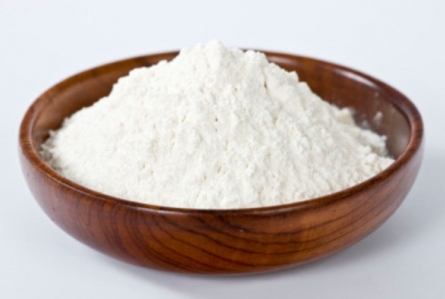




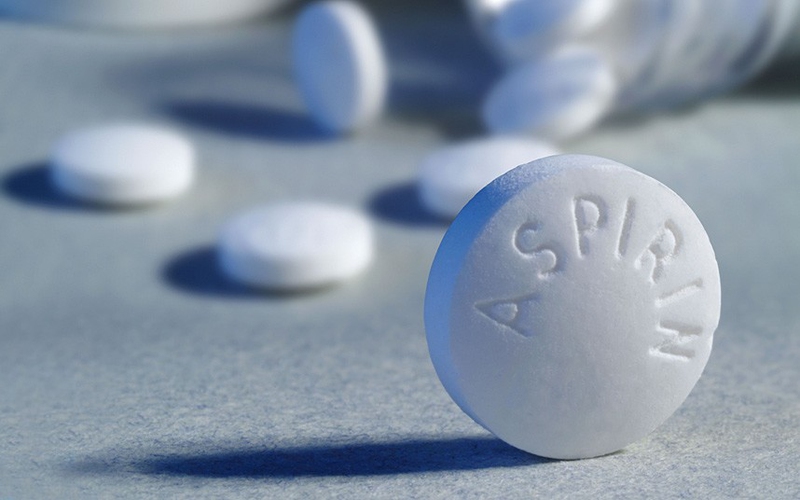
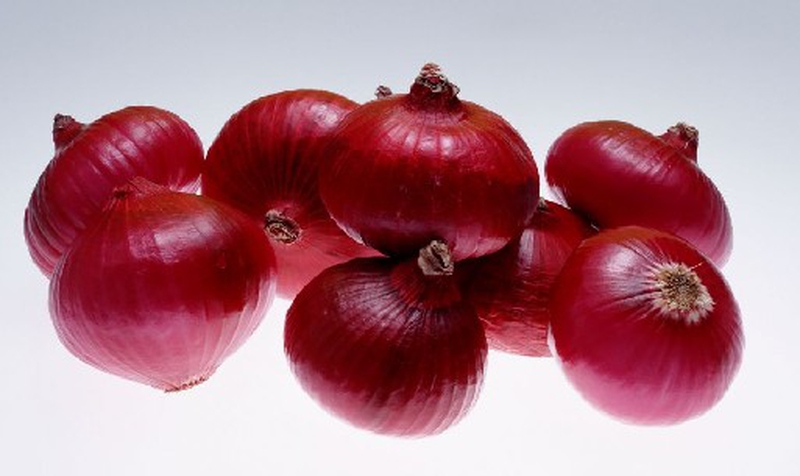
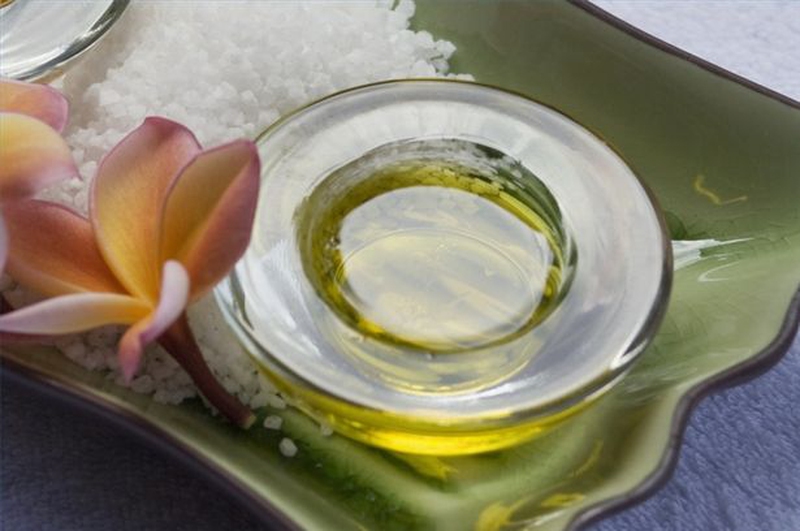
View All Comments /Add Comment